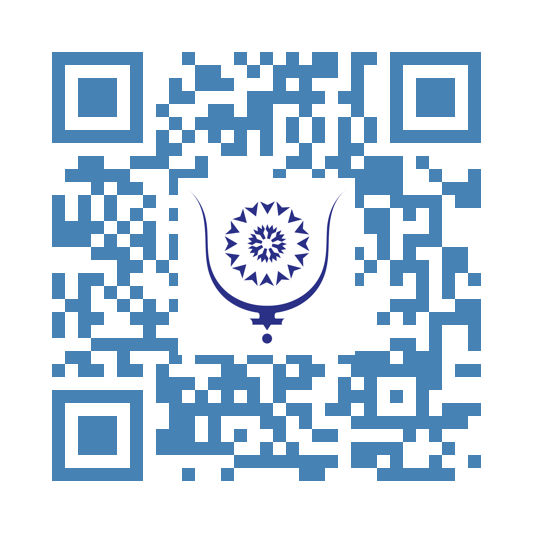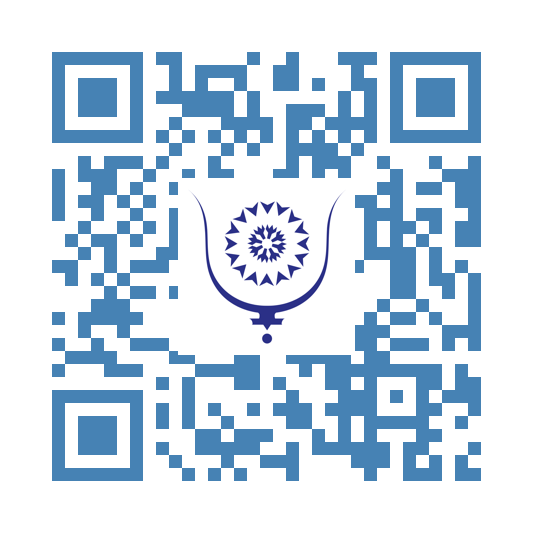Enochian Magick 6465
Enochian magick is a ceremonial magical system developed by Dr John Dee, a renowned Elizabethan scholar and astrologer, and Edward Kelley, his scryer, in the late 16th century. This system is based on communications they claimed to receive from angels, showing a complex cosmology, language, and set of rituals for engaging with these celestial beings. At its core, Enochian magick tries to be a shortcut to the gap between humanity and higher spiritual realms, offering practitioners access to deep spiritual insights and divine energies.
The foundation of Enochian magick lies in the angelic language, known as Enochian, which was revealed to Dee and Kelley during their scrying sessions. This language includes a unique alphabet, vocabulary, and syntax, believed to be the language spoken by angels and by the prophet Enoch. The Enochian Keys or Calls, a series of invocations in this strange language, are used to summon angelic beings and open the gates to higher realms known as the Aethyrs. These Aethyrs are described as thirty spiritual planes, each progressively closer to the divine source, with angels guarding and governing their mysteries. The experience of going through the Aethyrs is seen as a journey of spiritual ascent and self-transformation.
Central to the system are the Enochian tables or Watchtowers, which are complex grids of letters representing the elemental forces of Air, Fire, Water, and Earth. These Watchtowers are divided into quadrants, each associated with specific angels and energies. Practitioners use these tables to invoke the angelic rulers of the elements, looking for their guidance, protection, and assistance in magickal workings. The Tablet of Union, a smaller grid connecting the elements through Spirit, integrates these forces into a cohesive whole. Another critical tool is the Sigillum Dei Aemeth, a complex diagram with divine names, placed beneath a crystal ball or black mirror to facilitate angelic communication.
Enochian magick emphasizes the practitioner’s purity of intent and spiritual alignment. Rituals are complex and demand precision, often involving sacred geometry, divine names, and invocations to create a sacred space and establish contact with angelic entities. The system also includes protective measures, ensuring the practitioner is shielded from any disruptive or overwhelming energies encountered during the work. The presence of higher divine forces, such as the sacred names of the Almighty or the supreme angelic hierarchy, is invoked to maintain balance and control throughout the process.
Modern interpretations of Enochian magick vary widely. Some practitioners view the system as a pathway to direct communication with angelic beings and an exploration of divine mysteries. Others interpret it as a symbolic framework for inner spiritual growth, with the angels and Aethyrs representing aspects of the self or stages of consciousness. This perspective aligns Enochian magick with psychological and archetypal approaches to spirituality, emphasizing self-discovery and transformation.
Enochian magick is regarded as one of the most intricated and powerful systems in Western occult tradition. Its unique combination of divine language, sacred symbols, and celestial hierarchies offers practitioners a profound tool for accessing higher spiritual realities. Whether approached as a mystical system for engaging with angels or as a symbolic journey of personal enlightenment, Enochian magick continues to inspire and challenge those who delve into its depths.



